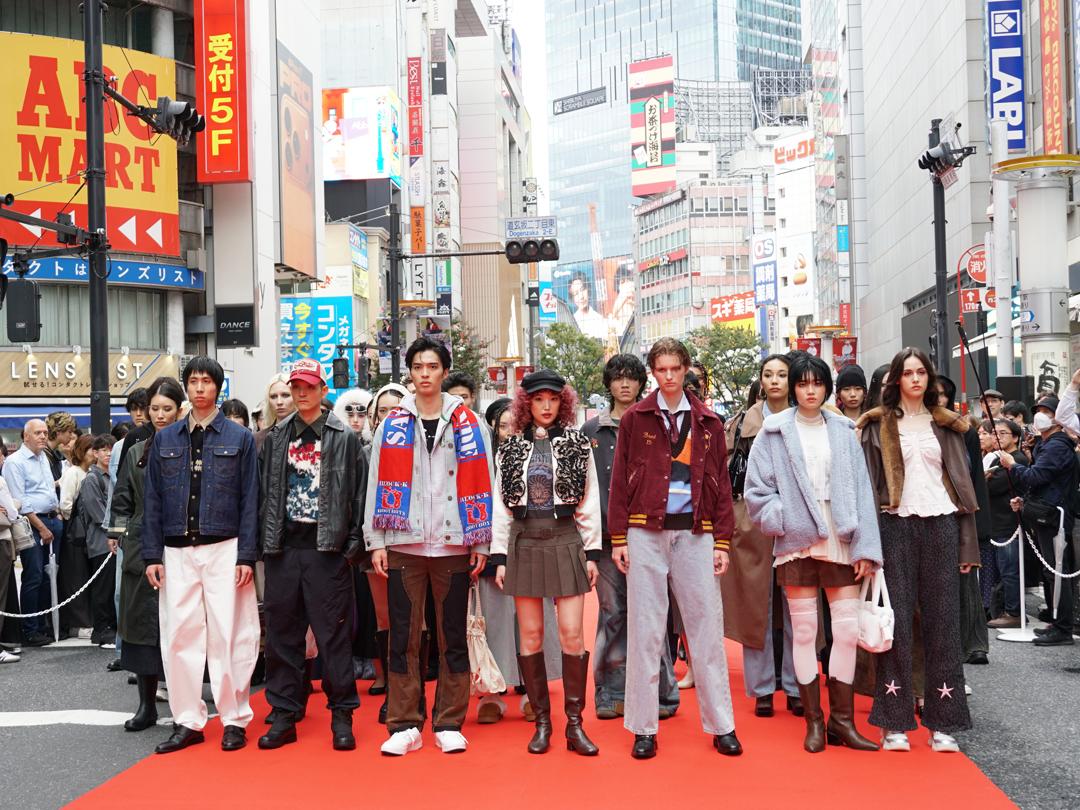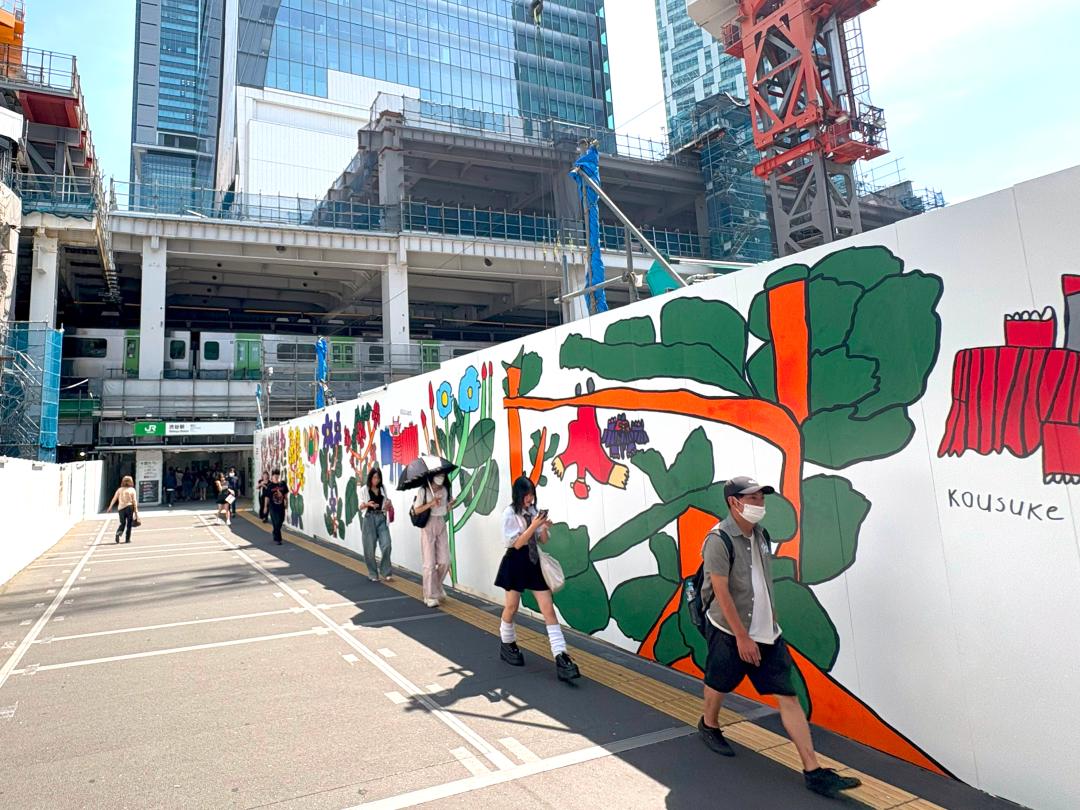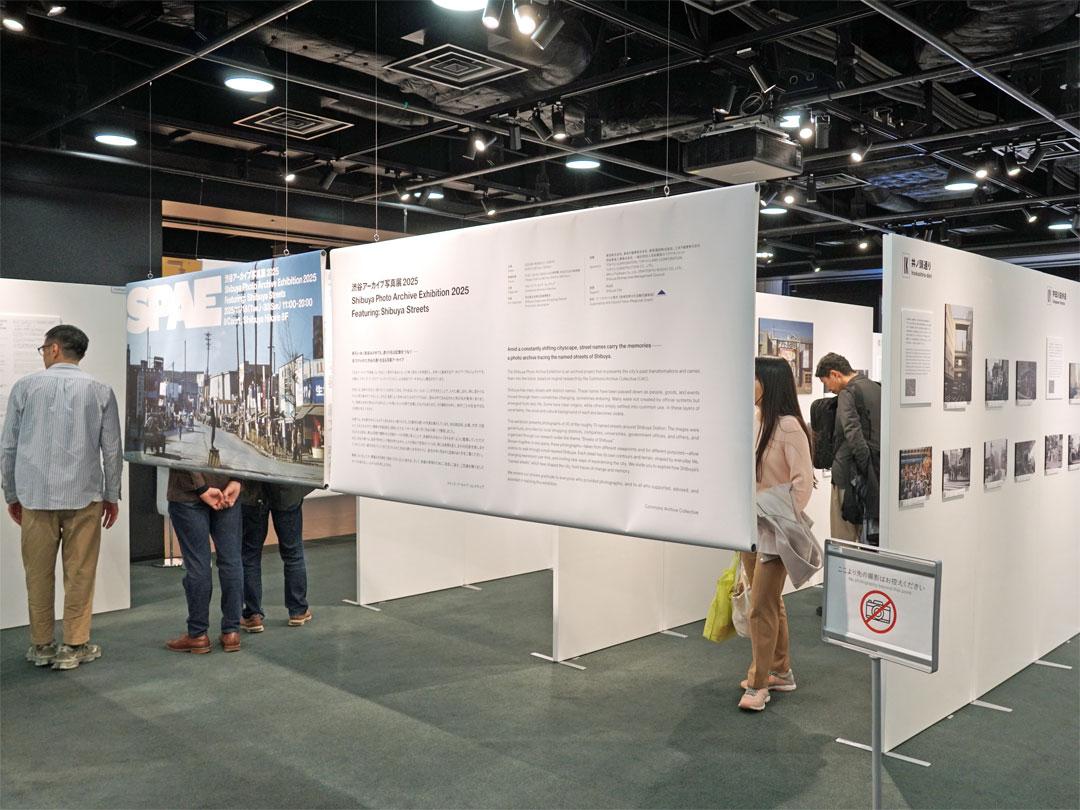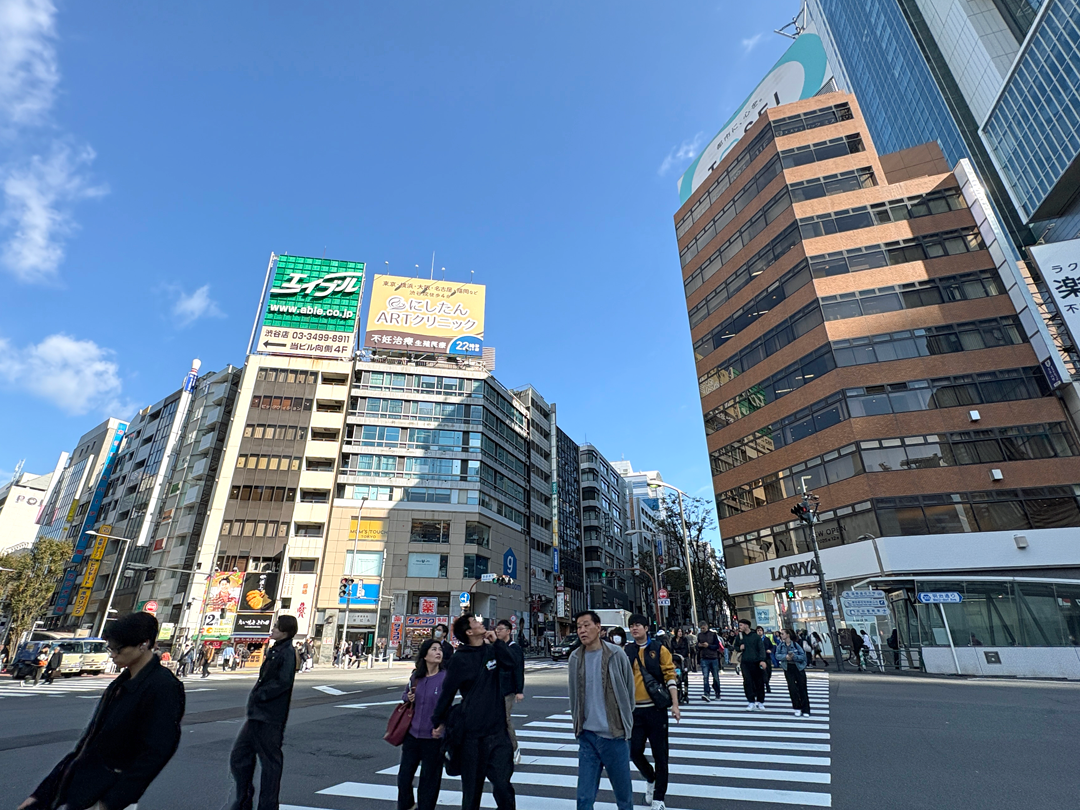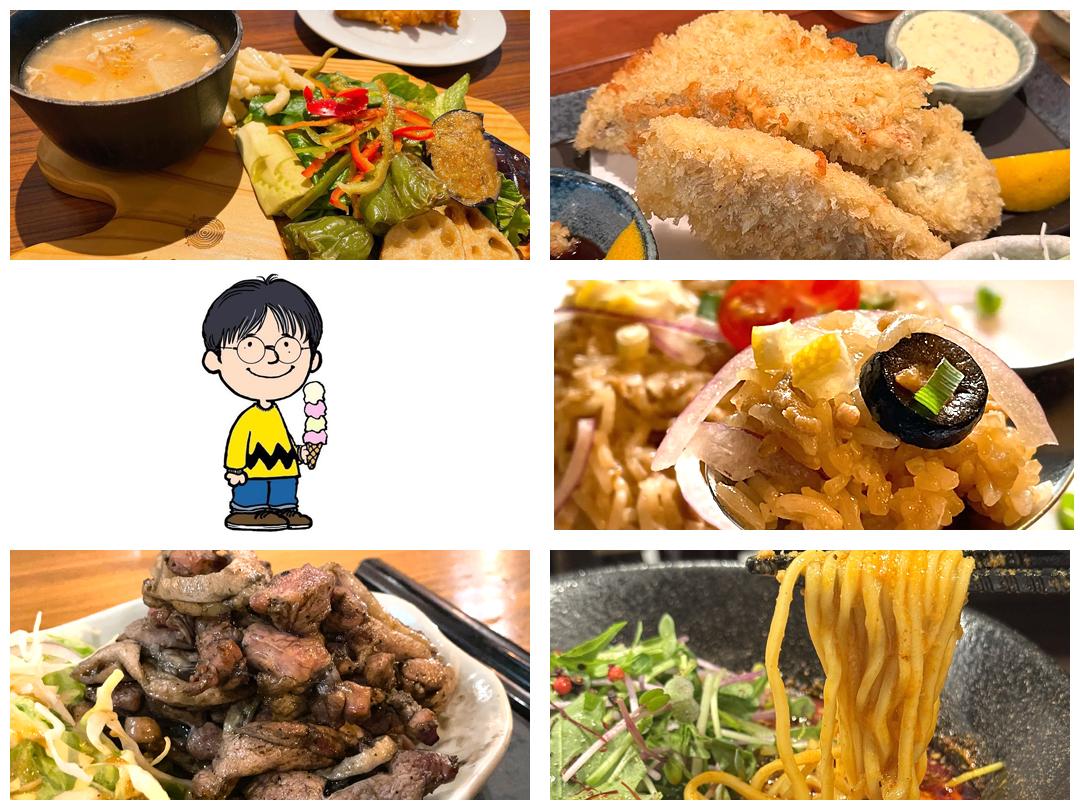SHIBUY.A. × WATCH
[Report] "Shibuya Archive Photo Exhibition 2025" opens, shining a light on Shibuya's streets, including "Koibumi Yokocho" and "Spain Hill"
2025-11-20
The Shibuya Archive Photo Exhibition 2025 opened on November 18th at 8/COURT, an event space on the 8th floor of Shibuya Hikarie. Many visitors flocked to the exhibition from the first day, gazing intently at the exhibited photographs and chatting about old Shibuya, asking questions like, "There used to be a coffee shop here," and "I wonder where this shop is now?"
Shibuya's history and multi-layered nature revealed through its street names
今年のテーマは「名づけられた渋谷の通り」。通りの名前には、自然と呼ばれ始めて定着したものから、行政や企業によって名付けられたものまでさまざまな背景がある。主催するCAC(Commons Archive Collective)は、そうした「名づけられた通り」を入り口に、渋谷の歴史や文化の蓄積を読み解こうと、約170点の写真を収集・整理した。
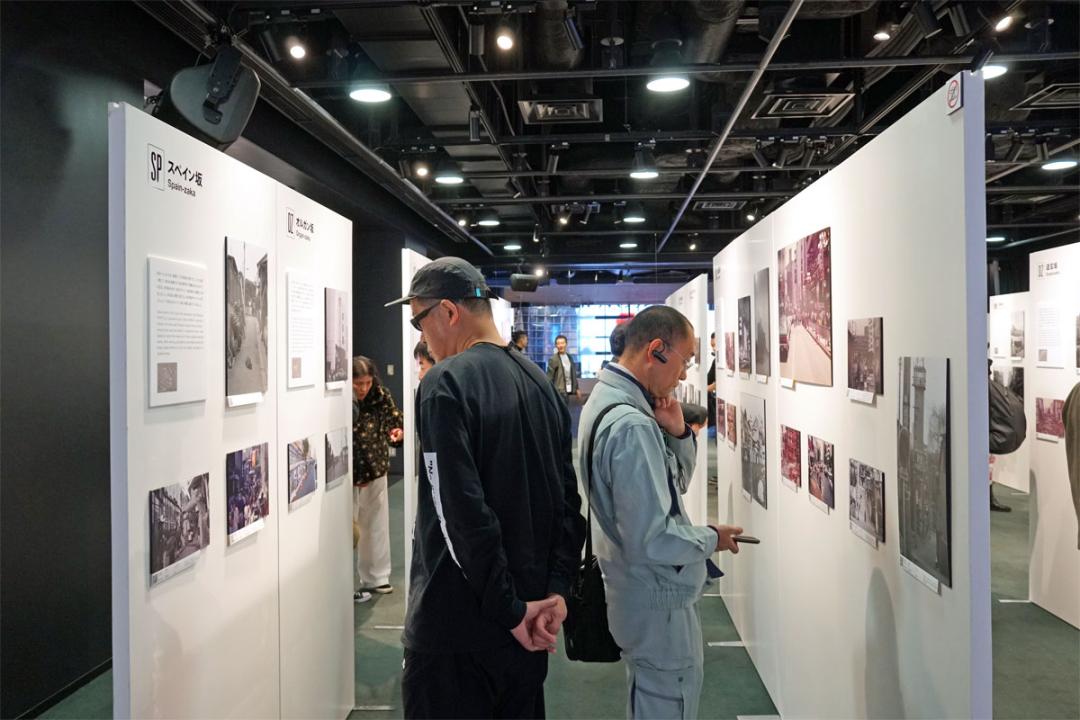
The exhibition features not only famous streets such as Dogenzaka, Koen-dori, and Bunkamura-dori, but also photographs of small slopes and alleys that barely remain today. Approximately 70 street names have been identified within a one-kilometer radius of Shibuya Station alone, and this exhibition features a carefully selected collection of approximately 30 of them.
主催メンバーの宇佐美由衣さんは、調査の苦労をこう話す。
"The more I researched, the deeper I got, and there was no end in sight. But still, the street names revealed that 'Shibuya has been shaped by culture,' and it was a very worthwhile project."
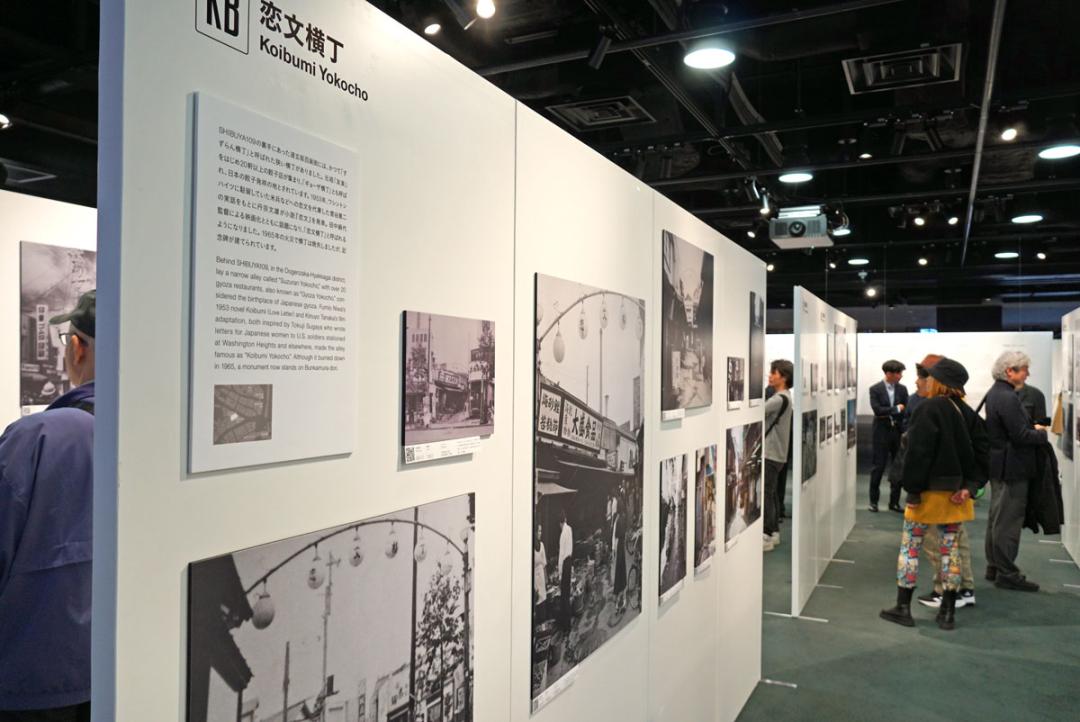
Visitors are particularly drawn to the photographs of scenes that have already disappeared, such as the streetcars that ran along Miyamasuzaka, Koibumi Yokocho, and the Inaribashi restaurant district. The scenes, which are so different from modern-day Shibuya, inspire exclamations of surprise, such as "Did these really exist?" and "I had no idea."
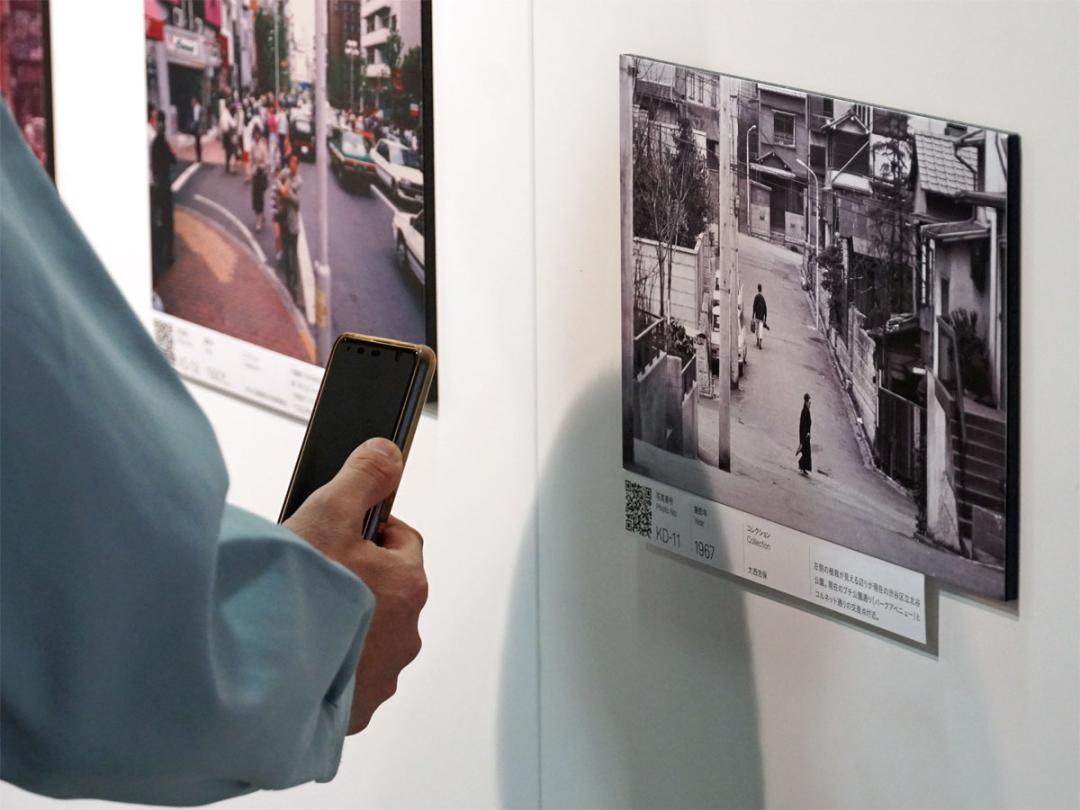
A QR code was placed under each photo, and when scanned, visitors could see the same place today on Google Street View. Many visitors were seen with their smartphones in hand, comparing the past and present.
「保存ではなく継承の場」 メンバーが語るアーカイブの本質
The exhibition is made up of photographs provided by various parties, including shopping districts, businesses, museums, and government agencies, and is gaining support as a project that paints a three-dimensional picture of the multi-layered city of Shibuya.
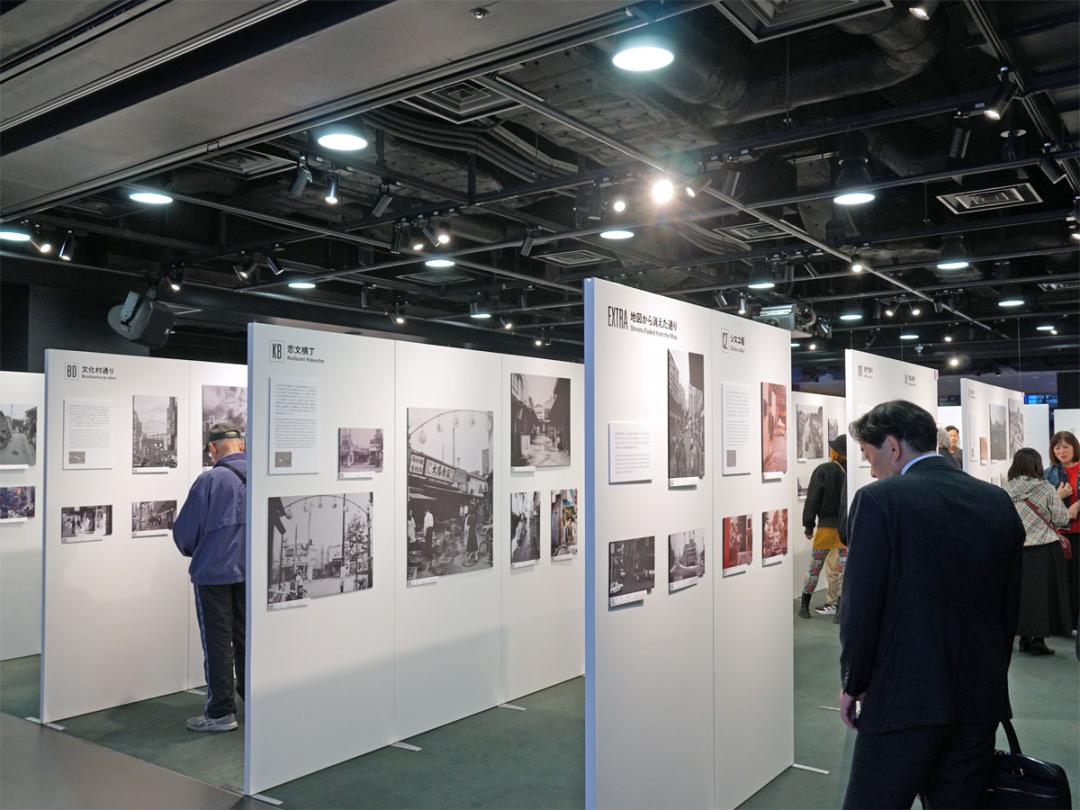
At the opening, designer and CAC representative Sosuke Sugiura spoke about the background of the activity.
"Our activities began when I was talking to archivist Ide at a pub at the bottom of Miyamasuzaka about how it would be interesting to hold an exhibition of old Shibuya photos. In 2021, we held the Shibuya Koen-dori Photo Exhibition, and at the venue, Onishi from Dogenzaka suggested that we use his father's negatives. Through this connection, we were able to hold our first photo exhibition at Shibuya Seibu in 2023, and Usami, who has come to our exhibitions many times, joined us as a member of the group."
Last year, an exhibition held at the same venue attracted 5,000 to 6,500 visitors, and the scope of the activities is expanding every year.
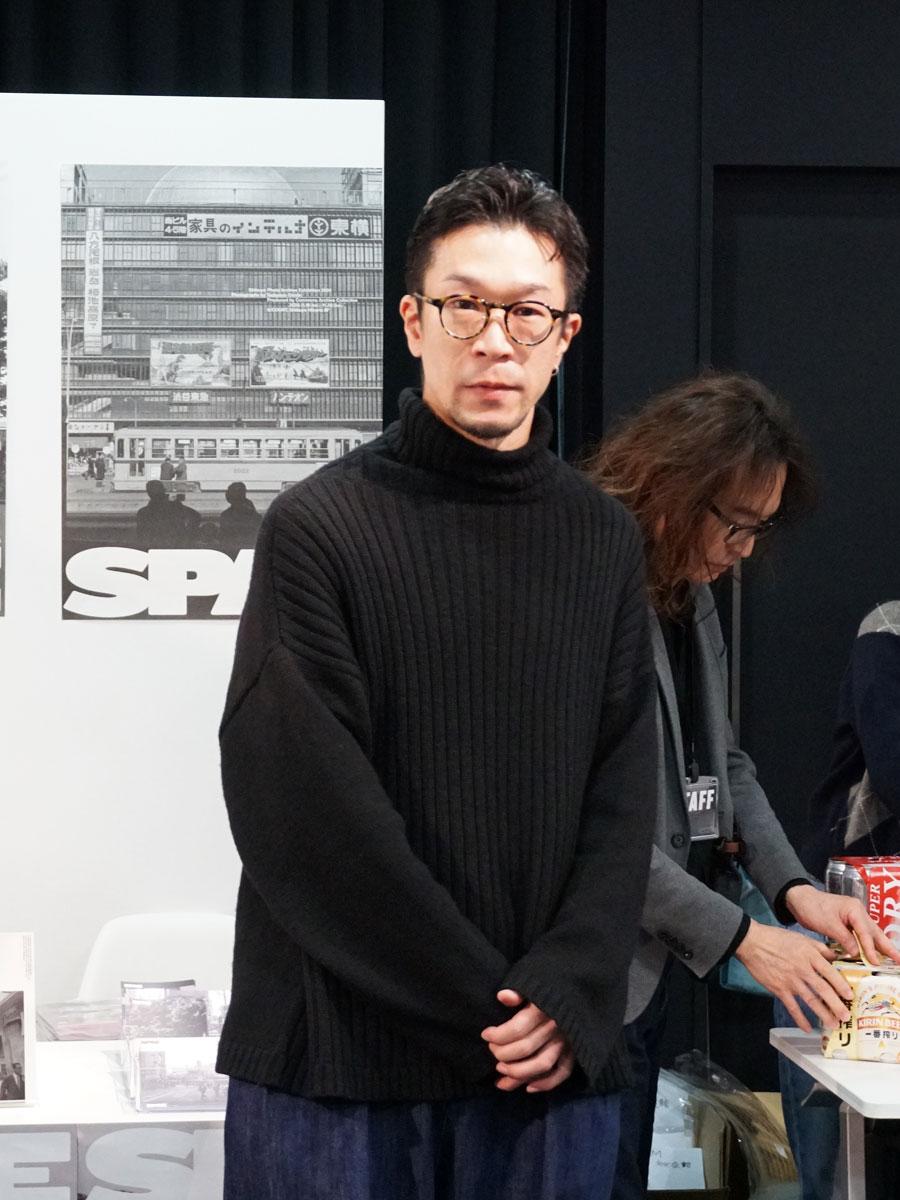
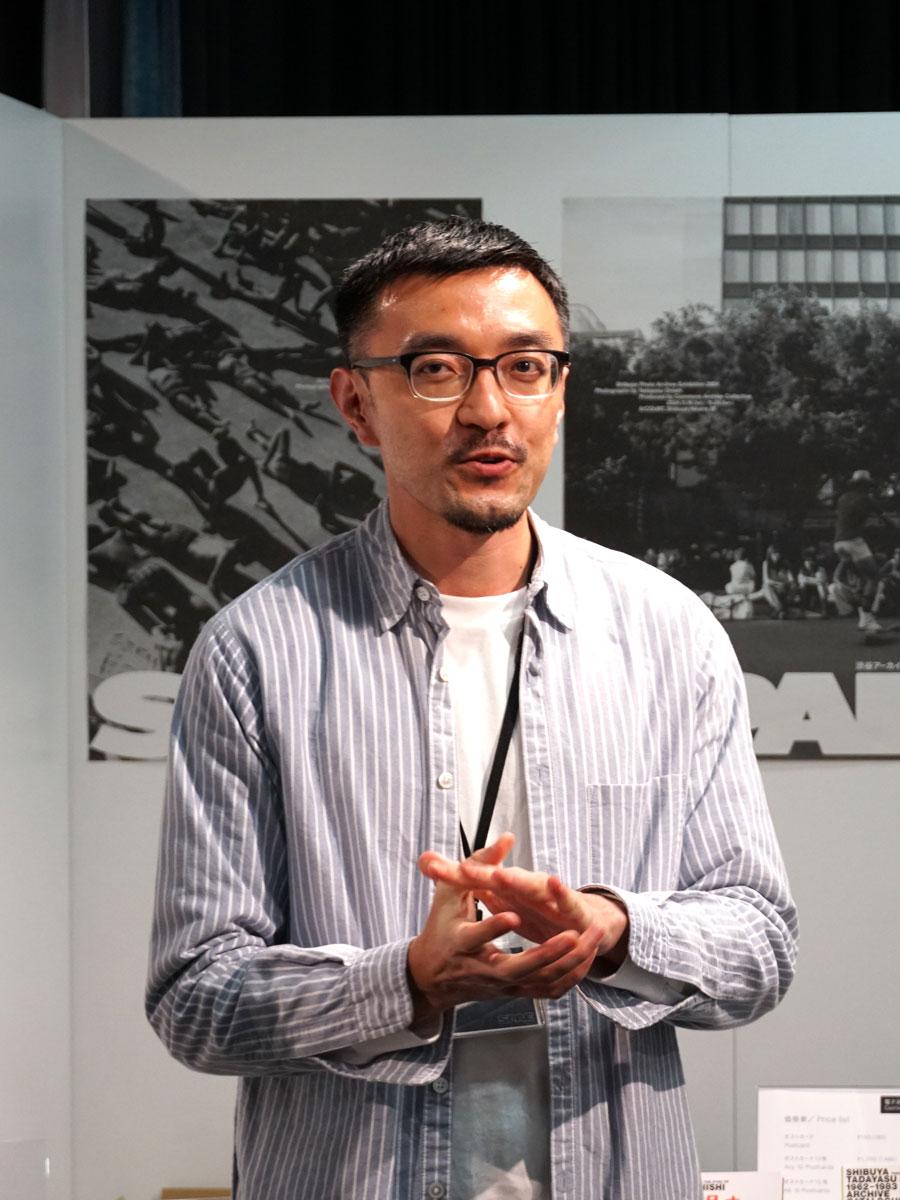
左からCAC代表・杉浦草介さん、アーキビスト・井出竜郎さん
Tatsuro Ide, the archivist supporting the exhibition, explains the meaning of "archive" as follows:
"Philosopher Rei Nagai once said, 'Preservation is constant resistance.' Things are easily lost and forgotten. It takes effort to 'continue to remember,' but it is difficult to continue doing so alone. It is important to share records, cooperate, and connect with others as we pass them on, and it is the presence of everyone who comes to see our exhibitions that gives value to the archives."
The most important aspect of this exhibition is for visitors to look at the photographs, think about them, and discuss them.
A timeline and large-format maps give a panoramic view of history
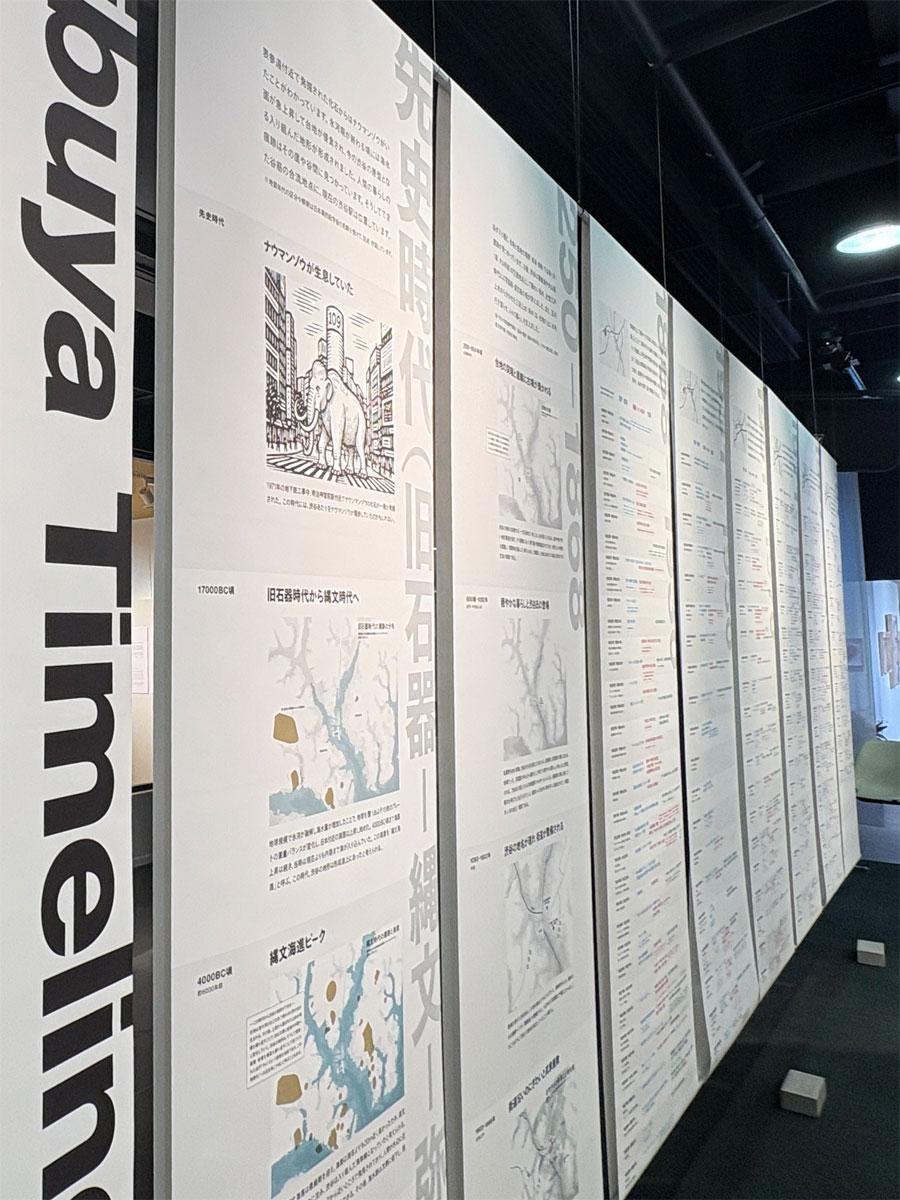
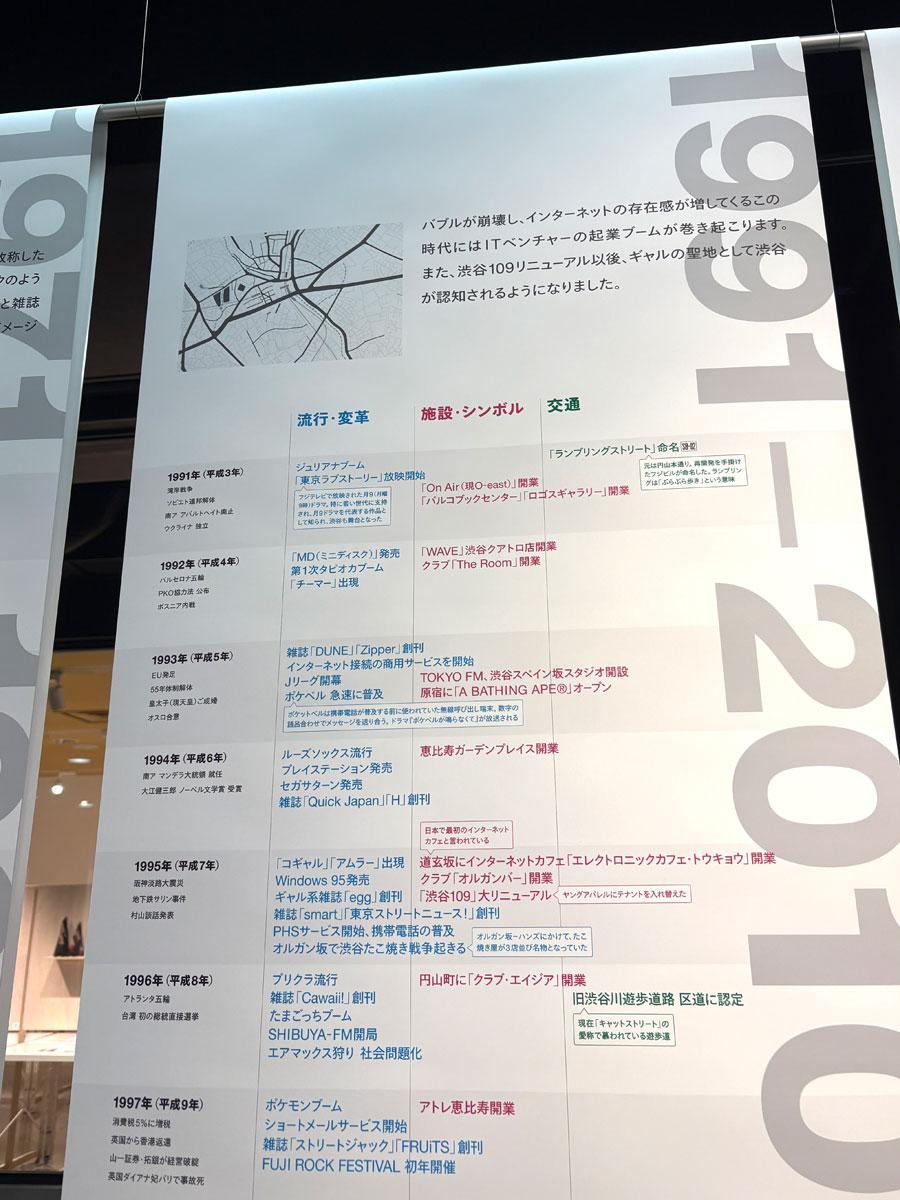
先史時代から始まり、明治時代から「流行・変革」「施設・シンボル」「交通」の3つのカテゴリーで作成された年表「SHIBUYA TIMELINE」
会場には、旧石器時代から現代まで渋谷の出来事やトレンドなど時系列で振り返る「SHIBUYA TIMELINE(シブヤタイムライン)」や、渋谷駅周辺の通りをまとめた大判マップも設置。写真展を単なる鑑賞に終わらせず、来場者が能動的に「街の記憶に参加できる」構成としている。


渋谷駅から半径1キロ圏内の大判マップ。黒字は今もある通りの名前、グレー字は既に消えた通り・エリアの名前(恋文横丁、メリケン横丁など)。黒丸の数字は写真展示がされている整理番号、矢印は撮影時のカメラの向きを示す


過去開催時のアーカイブカタログ(Vol.1=2200円 、Vol.2=1650円)、ポストカード(1枚=165円、10枚=1485円)
期間中は、過去のアーカイブカタログ、ポストカード、街並みをモチーフにしたオリジナルグッズの販売も行っている。
急速に変貌する渋谷において、「かつてそこにあった風景」を記録し、“今とのつながり”を可視化する貴重な場だ。仕事帰りや週末の散策にも立ち寄りやすく、渋谷の多層性と人びとの記憶に触れられる機会となっている。
Admission is free and the exhibition runs until November 30th.
![[Report] "Shibuya Archive Photo Exhibition 2025" opens, shining a light on Shibuya's streets, including "Koibumi Yokocho" and "Spain Hill"](https://biz.shibuyabunka.com/storage/images/watch/1763622716.jpg)
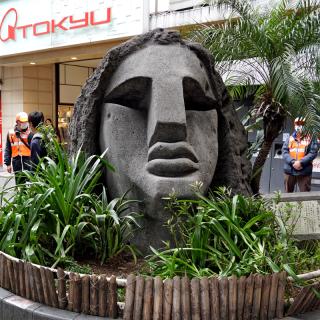
![[Report] "Shibuya Archive Photo Exhibition 2025" opens, shining a light on Shibuya's streets, including "Koibumi Yokocho" and "Spain Hill"](https://biz.shibuyabunka.com/storage/images/watch//1763622716.jpg)

